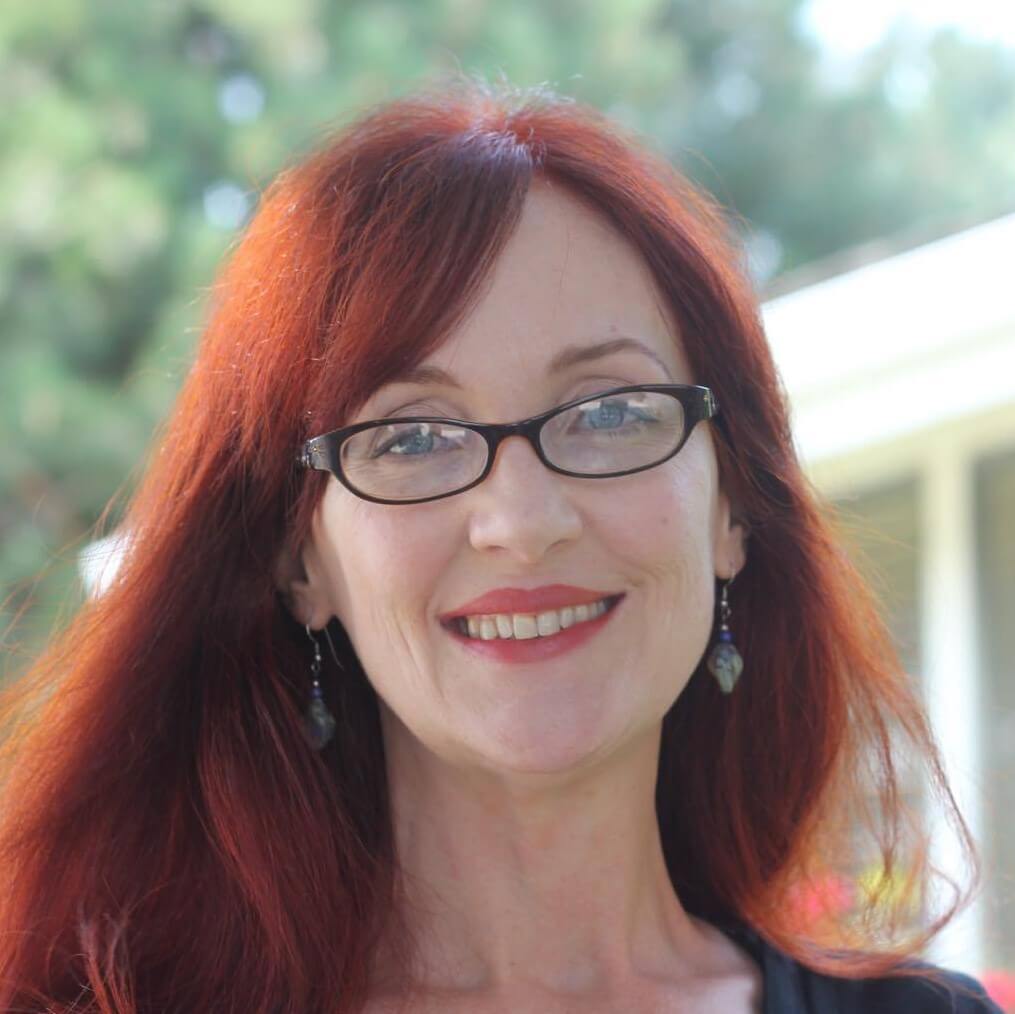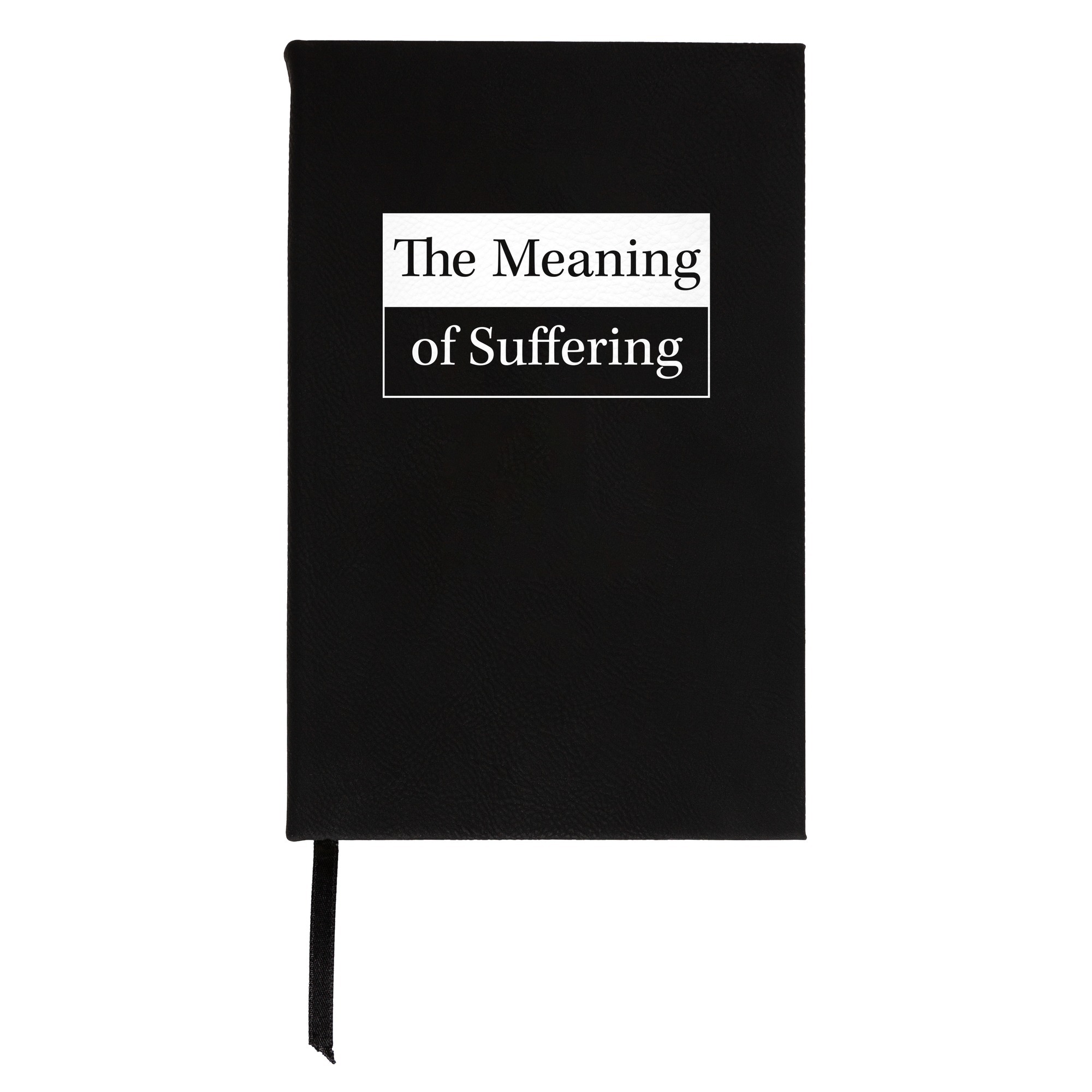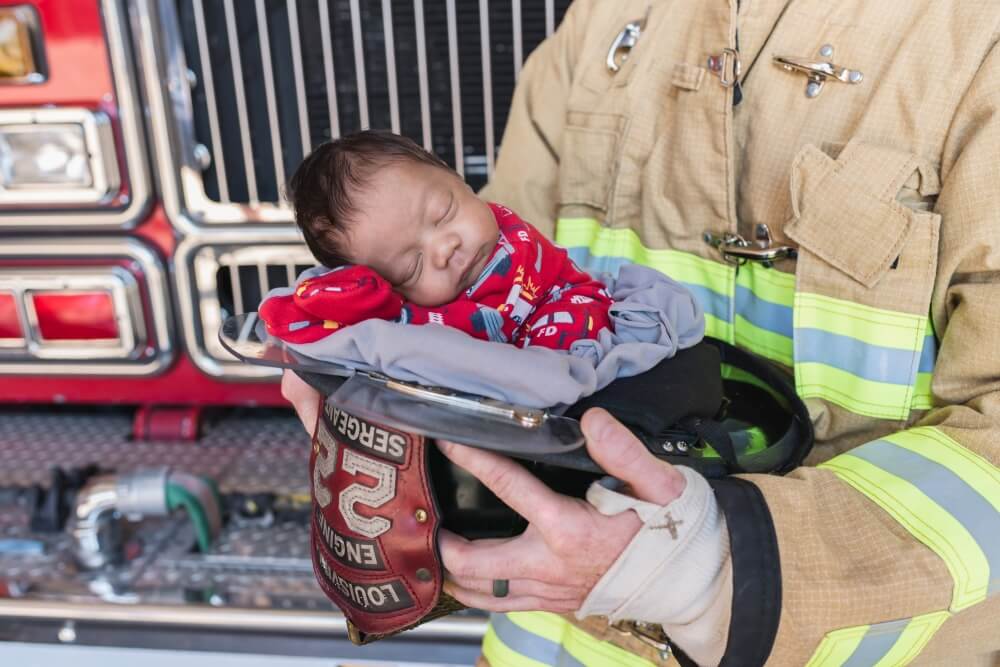
On the morning of Thursday, May 12th, 2022, a young woman rang the doorbell of the Louisville Fire Department in Kentucky. When the fireman opened the door, she handed him a shoebox. Nestled inside lay a two-day-old baby boy wrapped in a pink blanket. The mother left a short note with her son, including his birthdate and the words: “I love you.”
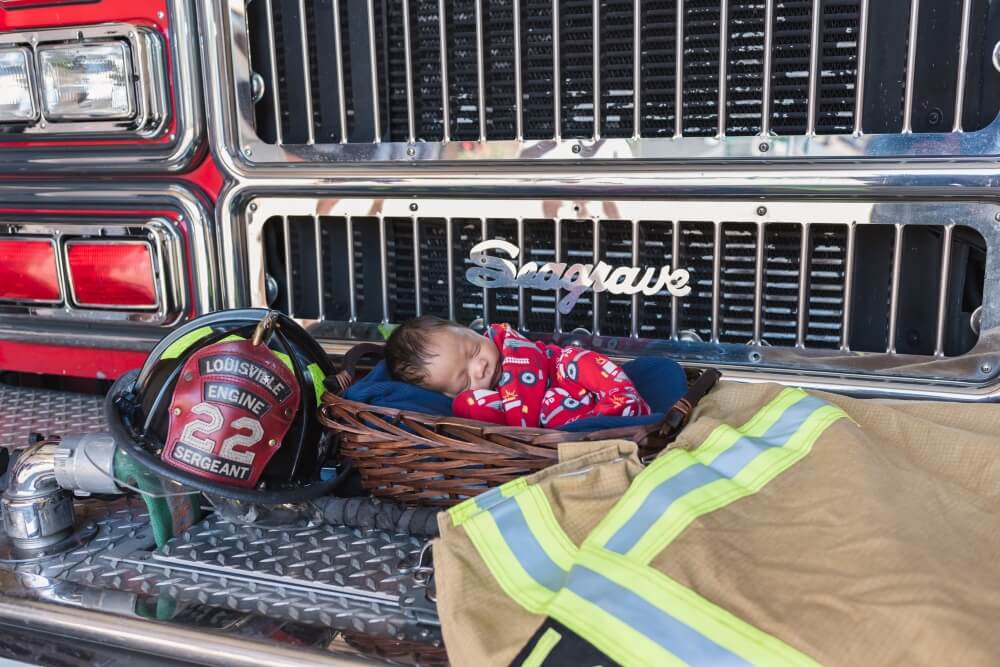
Photo by Heather Shay Photography LLC
How Safe Haven Laws Protect Parents and Babies
We know little about this mother who felt she couldn’t parent her baby, because safe-haven laws guarantee confidentiality for the parents who surrender their infant at a designated site. Parents are also immune from prosecution if they follow safe-haven requirements.
All 50 states have a safe-haven law on the books. However, the states have varying rules dictating surrender age and designated surrender locations, which typically include hospitals, emergency rooms, fire stations, doctor’s offices, and, in some states, police stations and even churches. In Kentucky and 19 other states, parents may surrender a baby who is less than 30 days old to a designated location—the other states have differing age requirements. The parent must also hand the baby over to someone who works there.
The purpose of the safe-haven laws is to prevent infant abandonment and infanticide. According to the National Safe Haven Alliance, in 2021, 31 babies were abandoned in dangerous locations in the U.S. and 22 of these infants died. That same year, safe-haven laws saved 73 babies.
Within days, the tiny shoebox baby left at the Louisville Fire Department went to live with a family eager to adopt him.
“I prayed for this child…”
When Brittany Tyler from Louisville, Kentucky, first heard about the surrendered baby, she prayed that child welfare would place him in her home. She and her husband, Chris, had already adopted two children, but they also wanted to adopt an infant. Since they were already foster parents, they hoped they might receive a call to foster the surrendered baby.
Brittany shared with Good Catholic: “I assumed they had already found him a place, but I kept praying all weekend anyway. Then on Monday […] my phone started ringing and it was a placement worker.”
Chris and Brittany said “yes” to fostering the newborn with the intention of adopting him after the waiting period.
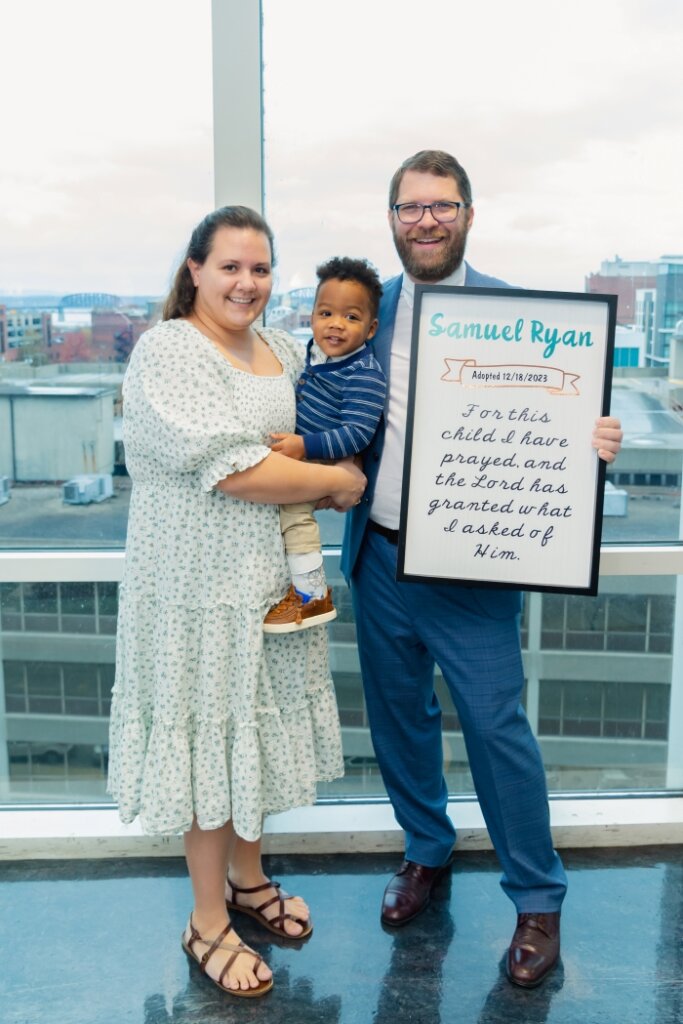
Photo by Heather Shay Photography LLC
The Tylers—who have fostered 17 children in seven years—named the baby boy Samuel after the son of Hannah, the biblical woman who suffered from infertility. Hannah begged the Lord to give her a son: “I prayed for this child, and the Lord has granted me what I asked of him” (1 Samuel 1:27).
Chris Tyler told Good Catholic: “Hannah was given Samuel by God, and so we, too, were given our Samuel by God.”
A Child Loved by All
When Samuel arrived at the fire station, he weighed only three-and-a-half pounds. Now, he’s a big, happy boy who’s curious about everything and vibrates with energy. In May 2024, the little boy will turn two years old.
Samuel isn’t aware of his exciting beginning, but in age-appropriate stages, the Tylers plan to share details about the first days of his life. Everyone loved Samuel from the start, and the Tylers look forward to sharing with him the remarkable story about how the community rallied around him.
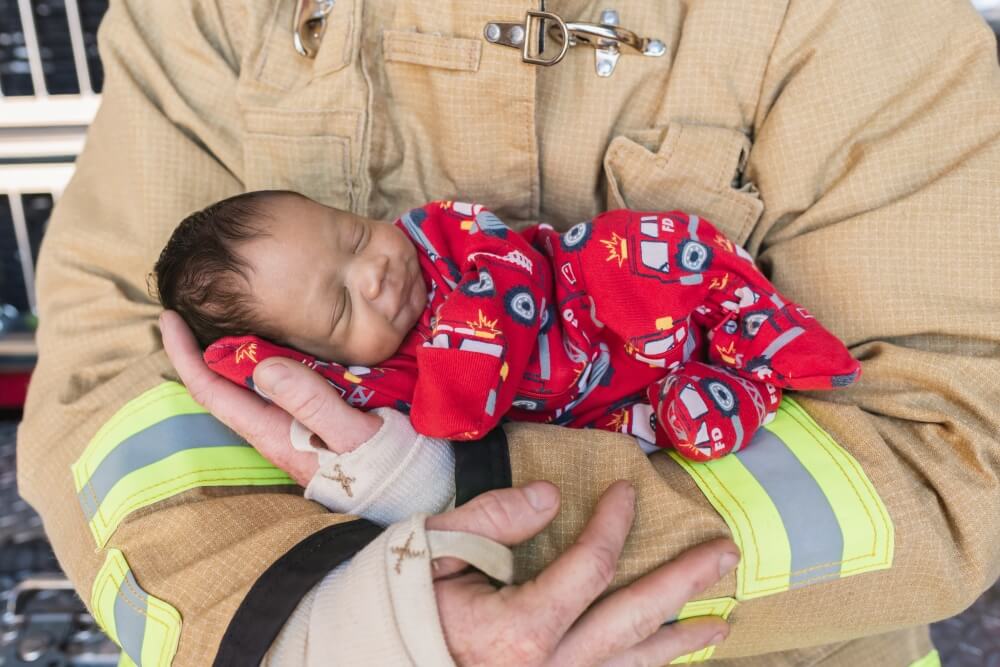
Photo by Heather Shay Photography LLC
“His mother loved him enough to take him in and give him a chance to have life—we thank God. The firemen were there to love him from the get-go. The nurses loved him. Everybody who’s been in his life has loved him,” Chris says.
The Tylers call Samuel’s birth mother “a hero.”
Goal #1: Family Preservation
We rejoice because of the saved lives and the adoptive couples who have yearned for a baby. However, the biological mother walks away empty-armed. It’s gut-wrenching to think what she might be feeling, if not in the moment, in the future.
Heather Burner, RN, BSN, is the Executive Director of the National Safe Haven Alliance (NSHA). She told Good Catholic: “I think it’s important for us to acknowledge that a woman has had to make this decision, or parents together have had to make this decision.”
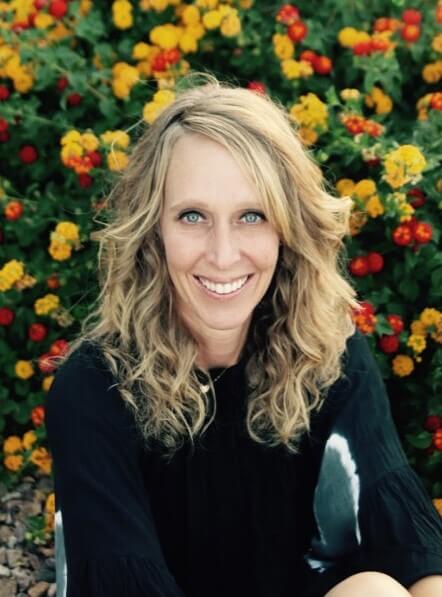
Burner hears from pregnant women in turmoil on the NSHA’s 24/7 hotline (1-888-510-BABY). When a mother (or sometimes a father or other relative) calls, she says the goal is to open up a positive line of communication. Burner and the other trained counselors try to discover the caller’s situation and location to determine their state’s safe-haven laws.
The counselor also asks the caller, “What do you feel prevents you from parenting?”
“There are oftentimes simple obstacles such as childcare that prevents them from feeling they can take care of another child,” Burner says. “When we identify the needs, oftentimes we can then act as almost a case manager or social worker type of position where we can step in and find those resources in their community.”
Burner also tries to establish if the obstacle to parenting is a temporary problem. “We talk about family placement or about temporary placement. Is there a situation such that, in three weeks from now or three months from now, it would look very different?”
Burner remembers one mother who called the hotline. Among other reasons, she felt panicked because her phone was getting turned off that day.
“I asked her, ‘How much is your cell phone bill?’ We paid her $90 cell phone bill and that took care of the immediate crisis that she was facing,” she recalls.
The situation is usually much more complicated, but no matter what is happening, NSHA walks with the mom to help her make an informed decision.
The Sacrifice of Safe-Haven Moms
One woman who surrendered her baby over 10 years ago still stays in touch with Burner.
“She was the most beautiful mother, and her baby was beautiful, but her situation was not. She had been abused and there were a lot of issues surrounding that,” Burner says. “So she felt safe-haven was the right choice.”
The two women meet for coffee twice a year, and discussion of her baby inevitably arises. Burner shares that the mother still feels she made the right choice but hopes someday to meet her child, possibly through a DNA testing website.
When considering mothers who have safe-havened their babies, Burner says: “It’s important for us to come from a place of no judgment and just love and care and support them.”
Adoption vs. Safe Haven
The Alliance has saved 4,707 babies since its founding in 1999. The organization focuses on family preservation, but if that doesn’t seem possible for the mother, they discuss adoption with her.
“I can’t tell you how many calls we get from hospitals, from social workers, from folks, even parents that say, ‘I want to safe-haven my baby because I can’t take care of my baby,’” she says.
Burner asks if the parent has considered an adoption plan. She sees many parents who feel frightened by adoption and have not reached out for that information. With an open adoption, a mother can receive pictures and updates to have some connection to her child, whereas with safe-haven, it’s a much more permanent decision.
“There’s no connection to that child. There’s no follow-up or information down the road,” she explains. “So we want them to know the difference between adoption and safe haven.”
The Alliance reports that as many as 60% of the callers decide to make an adoption plan rather than safe-haven their baby. That’s why she believes communication in a crisis pregnancy is vital. They are willing to coordinate the safe-haven process if the parent chooses, but they must know their options.
“As much as we can acknowledge that maybe people don’t want to have the conversation or they want complete anonymity when someone’s in a crisis situation, it’s very important to have support, even if it’s just one person on the other end of the line,” emphasizes Burner, whose hotline receives about 70 to 100 calls each month.
Burner acknowledges that Safe Haven Baby Boxes are another way to save babies. Since 2017, parents have placed a total of 37 babies in Safe Haven Baby Boxes, located primarily in fire stations and hospitals. The boxes have a weight sensor to alert authorities when a baby is laid in the box. It also has temperature and oxygen controls, and listed on the box is a helpline number. The first mission of the boxes is to promote safe-haven laws and to provide a safe, anonymous way for a mother to surrender her baby.
Burner feels grateful for all the good that baby boxes accomplish, but she does wonder, “Can we do better?”
She adds, “I think we’ve come to a place where we’ve taken the focus off of how we can truly support women.”
She thinks women need more than a quick fix. That’s why the Safe Haven Alliance works to help women overcome obstacles to parenting.
An Urgent Need for Safe Haven Awareness
Since the safe-haven laws’ implementation in the late ’90s, there hasn’t been enough funding invested toward awareness. Burner says there was an initial push to promote awareness, but interest waned over the years. However, she thinks recent attention toward the baby box saves has created some positive energy where safe-haven is concerned.
More public safe-haven awareness will save babies and their parents. Burner will never forget a letter she received from one father who reached out asking how he could help. In the letter, he wrote that when he and his girlfriend were in their late teens, they hid her pregnancy from their families. She delivered their baby in a hotel room, and then he killed their baby.
He explained, “We were in total panic, and I would do anything to change what happened.”
Burner felt moved by the man’s obvious plea for forgiveness. “It was a brutal story, and very difficult to read. But all these years later, he’s now looking for a way to help other people.”
Public education about safe-haven is the key to preventing another tragic situation like this grieving man’s story.
A Dream Come True
In the summer of 2023, a mother surrendered her baby at an Idaho hospital. That same day, Whitney Wonderlich received a call from the Idaho Department of Health & Welfare asking her if she wanted to foster a baby girl.
Whitney and her husband, Tom, had suffered through the challenges of infertility for a few years, and then they decided to become licensed foster parents. In June 2022, they officially became foster parents.
Still, the Wonderlichs felt frustrated because they weren’t getting any zero-to-three-year-old placements. Up to that point, they had only provided respite care for teenagers. While they enjoyed those assignments, they wanted something more permanent, preferably with an infant or toddler.
In early 2023, the Idaho Department of Health & Welfare inquired how they liked fostering. Whitney expressed her disappointment that they hadn’t received any permanent placements and they might not renew their fostering license. Health & Welfare told them they’d move them to the top of the list.
Less than a month later, Whitney received a call while at work. Both she and Tom work at the same hospital; she works in the hospital’s pharmacy and Tom is a doctor in the clinic. Health & Welfare told her that they were seeking placement for a baby girl with the goal of adoption. Whitney asked when the placement was to take place.
“And they’re like, ‘Today,’” says Whitney, recalling how surprised she felt.
“I said, ‘Really? Let me go grab my husband.’ I pulled him into an empty office, and then they told him what they said to me.”
The Wonderlichs couldn’t believe that in 24 hours, they would become parents to a daughter they would name Annabelle. They didn’t own any baby things, so in a mad rush, they collected all the necessary supplies. When they walked into the hospital, the nurses were excited to see them.
“They told us, ‘You guys look like such a good couple to take this cute baby home,’” she recalls. “Then they rolled her in, and we held her. And we took pictures together.”
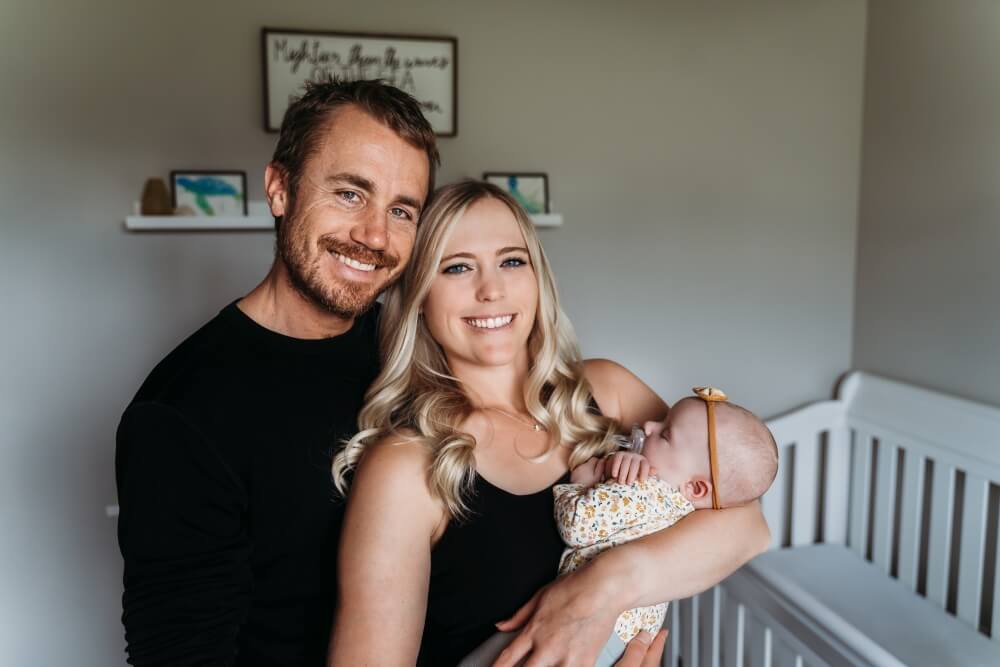
Photo by Alyssa Babcock
Tom shares, “It seemed like it was meant to be.”
The couple felt like regular parents who had just welcomed a new baby, except for not having to go through the birthing process.
“That first night we barely slept; we were on cloud nine,” they say.
The Wonderlichs officially became Annabelle’s parents in January of 2024. In Idaho, the biological parents have 30 days before the termination of parental rights. If they are deemed fit parents, they could reclaim their child.
“We’d been counting the days,” Tom shares.
Brave Mother
Perched on Whitney’s lap is Annabelle, who has the most lovely, chubby, pink cheeks. As I talked with the Wonderlichs via Zoom, Annabelle behaved like an angel.
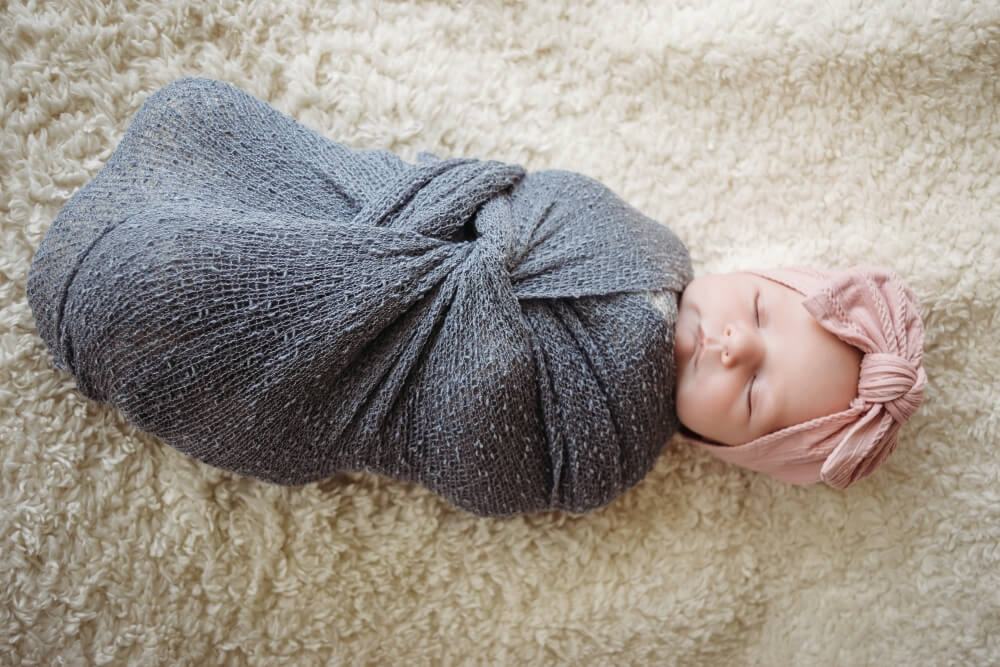
Photo by Alyssa Babcock
During our conversation, the couple stressed how they thought Annabelle’s biological mom acted bravely.
“I think that the mom is super brave because it’s so easy to get an abortion these days—you can get medication in the mail,” she says.
She adds, “Instead, this mom spent the nine months making a good environment for her—because Annabelle is healthy and happy and progressing normally. Then she brought her to a hospital where the baby would be safe, and Annabelle was placed in a loving home.”
The Gift of Safe-Haven Babies
Samuel Tyler and Annabelle Wonderlich are beautiful gifts to their families. Their biological mothers gave their precious children a chance to live and flourish despite the difficulties of unplanned pregnancies. We bless the mothers for their courage and sacrifice.
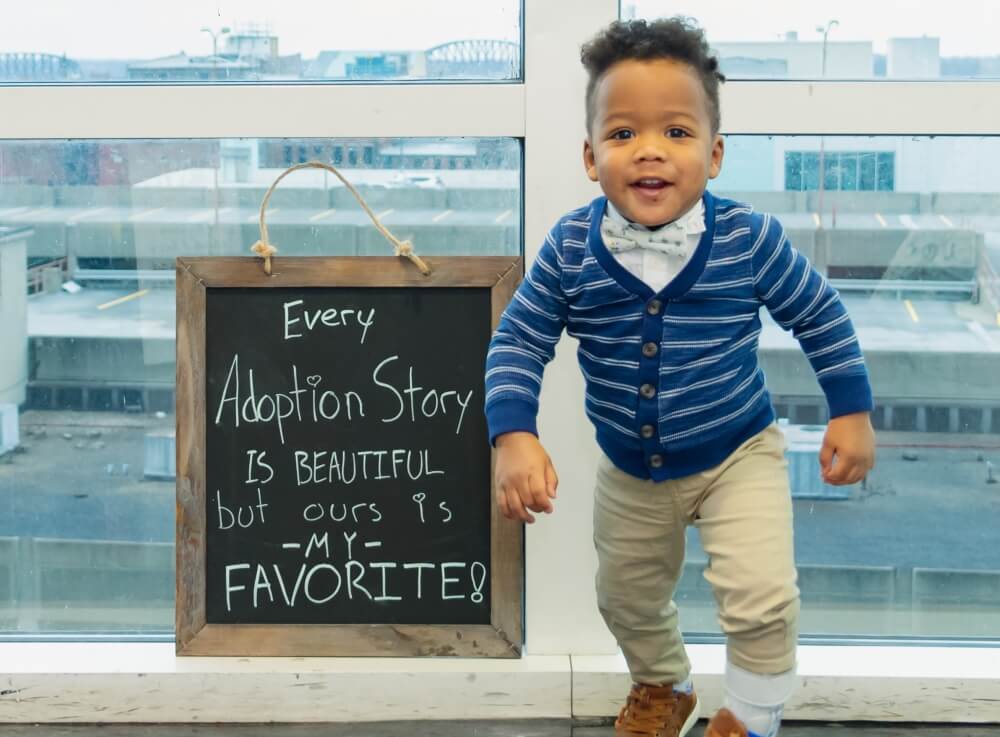
Photo by Heather Shay Photography LLC
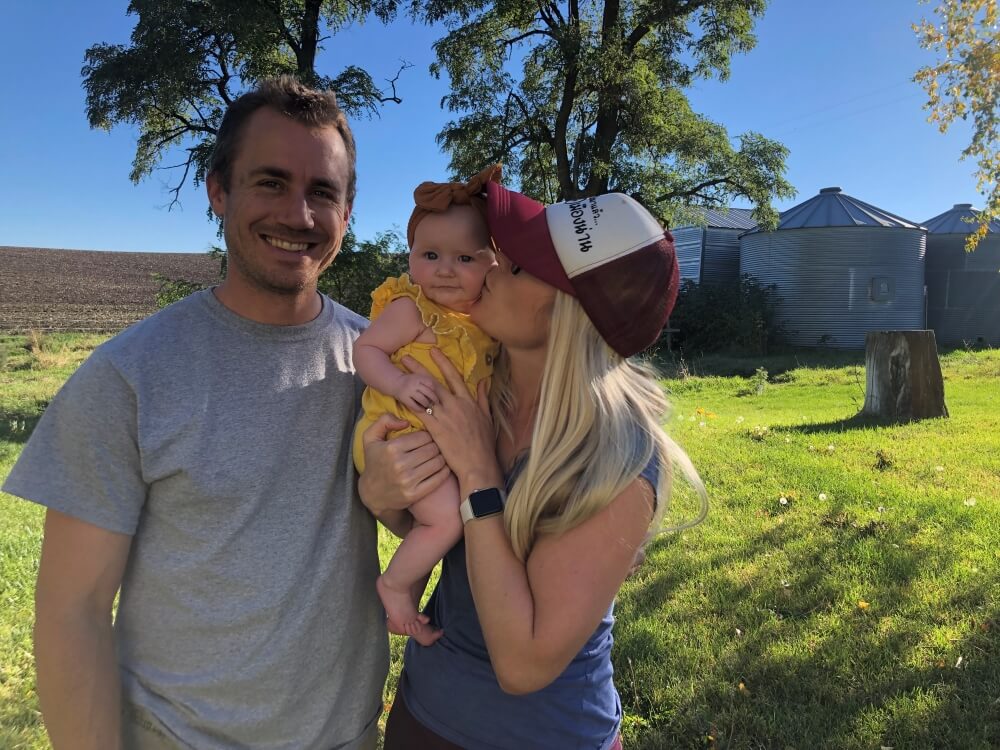
Featured photo of Samuel Tyler by Heather Shay Photography LLC.
